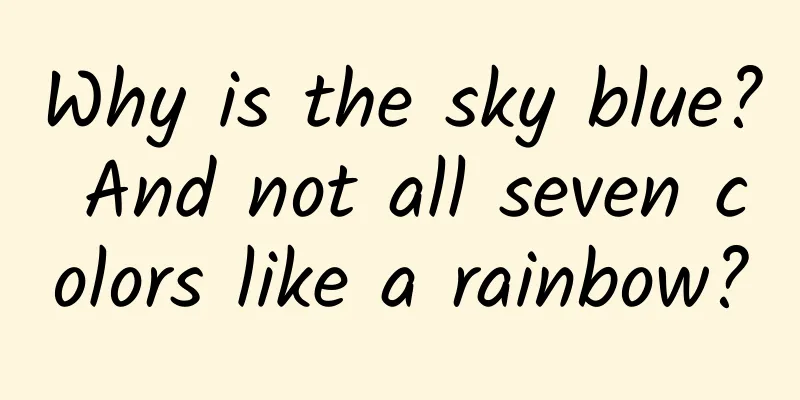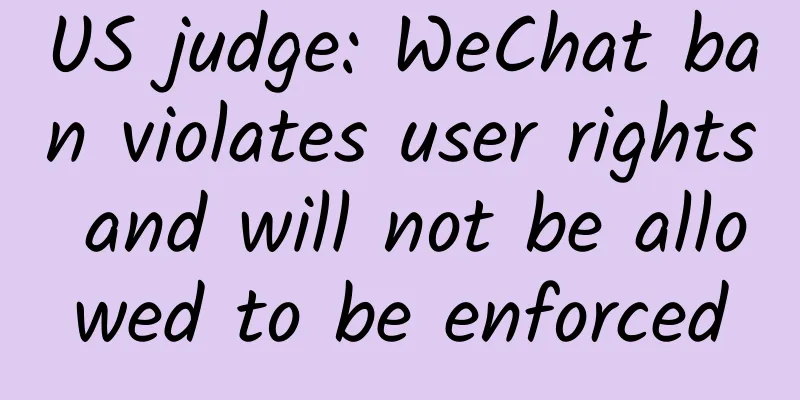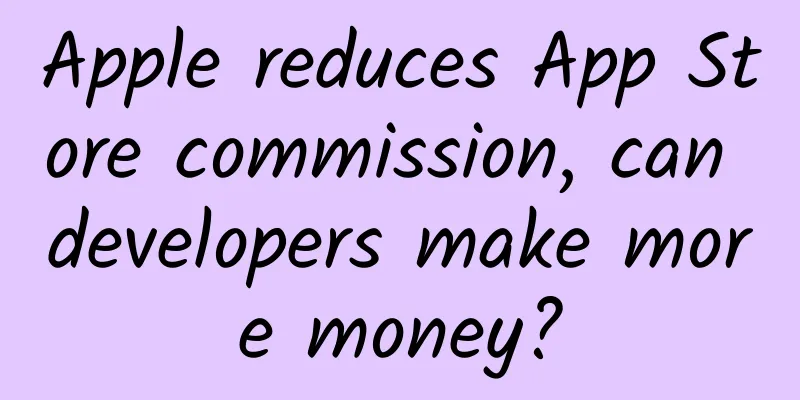Expert Interpretation: WatchKit Application Essentials

|
WatchKit App Architecture A WatchKit application is an executable file that runs on the Apple Watch. It includes the storyboard and the resource files needed to render the screen. WatchKit extensions are executable files that run on the iPhone, including logic code for managing the application interface and handling user interaction operations. For the program interface to work properly, these two parts need to work together. The typical steps for a user to interact with an application are as follows: The user interacts with the WatchKit app. The WatchKit app analyzes the interactions and selects the storyboard that will be managed. WatchKit communicates with the iPhone to run WatchKit extensions. The WatchKit extension initializes and creates the objects needed to make them available to the WatchKit app storyboard. The Storyboard generates a scene based on the objects created by the WatchKit extension and displays it on the Apple Watch. The WatchKit app and WatchKit will share some information until the user stops using the WatchKit app, at which point iOS will put the WatchKit extension to sleep until new user interaction. The following diagram illustrates this process: An important concept in the above diagram is the way the storyboard responds to user actions and configures the screen content to be displayed. This is thanks to the interface controller object (an instance of WKInterfaceController), which is equivalent to the view controller in iOS. Unlike the view controller, the interface controller does not manage the actual view on the screen. WatchKit handles the view in a transparent way. Generally, a WatchKit application will have multiple interface controllers to display different data types, but only one is displayed at a time. WatchKit App Lifecycle There are three ways to launch a WatchKit application: The user taps an icon on the Apple Watch Home screen. A user's glance interaction with an application. The user interacts with the notification. Each of the above methods will initialize the WatchKit application and the WatchKit extension. Depending on the different startup methods above, WatchKit will use the corresponding storyboard to load the scene and request the WatchKit extension to initialize the corresponding interface controller. The following diagram illustrates the process: As shown in the figure, in the user interface, the interface controller object manages the relevant interactions. When the user interacts with the application on the Apple Watch, the WatchKit extension will run. Once the user stops interacting or exits from the program, iOS will close the current interface controller and hibernate the extension. This interaction between the user and the Apple Watch is very simple. The interface controller should be lightweight and perform tasks quickly. The following diagram illustrates the process: |
<<: watchOS 2 development tips that iOS developers should not miss
>>: How WeChat makes 44 yuan per user
Recommend
The most complete salon event planning summary in history!
Introduction: For operations personnel, the work ...
The first step to longevity: eat a little fatter!
How fat is healthy? ——A well-proportioned body is...
The Sea Lion 07 EV is on the market. In addition to demonstrating pricing power again, what else can the e-platform 3.0 Evo bring?
How strong is BYD? It has representative models i...
The top 100 financial apps in September show which ones are happy and which ones are sad
The realization of financial inclusion is closely...
7 operational ideas for community operations!
When it comes to community operations , many newb...
[Skills] 3 principles and 4 strategies for community topic UGC operations
Community content production is generally divided...
How to choose between iPhone and Android? Compare their 6 major advantages and choose the most suitable phone
You've probably all been torn between the iPh...
Growth hacking in action
The Internet is the most disruptive engine in mod...
Fengyun satellites provide insight into global "wind and cloud"! 121 countries and regions are using them
Recently, the National Satellite Meteorological C...
Consumer Reports: Tesla ranks last in 2021 car reliability report
The electric car market is full of waves. First, ...
The heavy rains and floods in the north are actually related to the eruption of the Tonga volcano last year?
Last week, floods in North China, especially in B...
Extraordinary Decade | Heavy Equipment for the Ocean and Sky: A Decade of Development of my country's Ocean Satellites
The ocean is a treasure trove of resources, an im...
The automotive cockpit chip market is in fierce competition, MediaTek + Nvidia want to surpass Qualcomm
During the auto show, the debut of the 3nm Dimens...
Da'an SEO Training: What are the effective methods for website promotion and marketing?
When we usually use some search engines, most of ...









